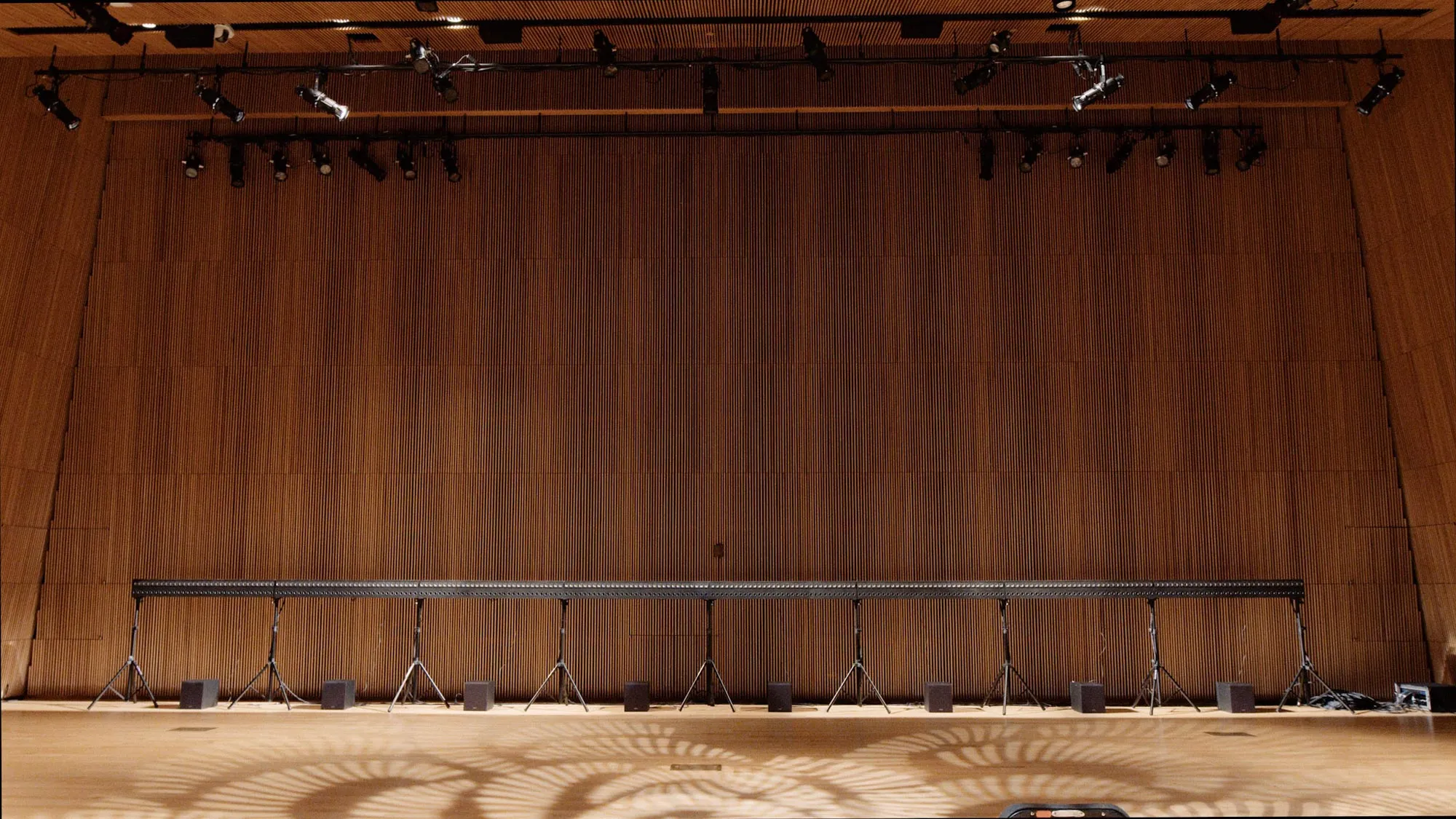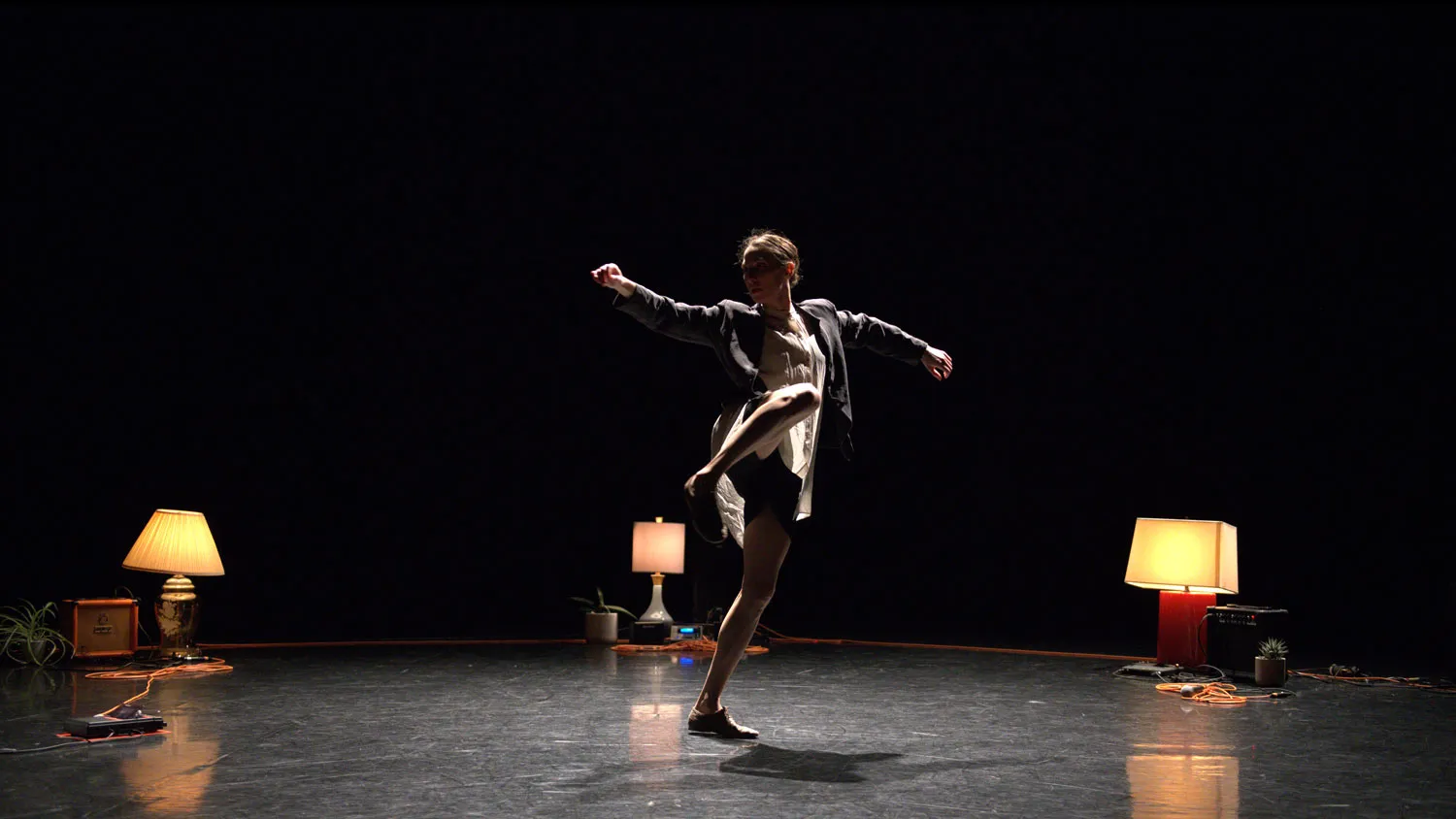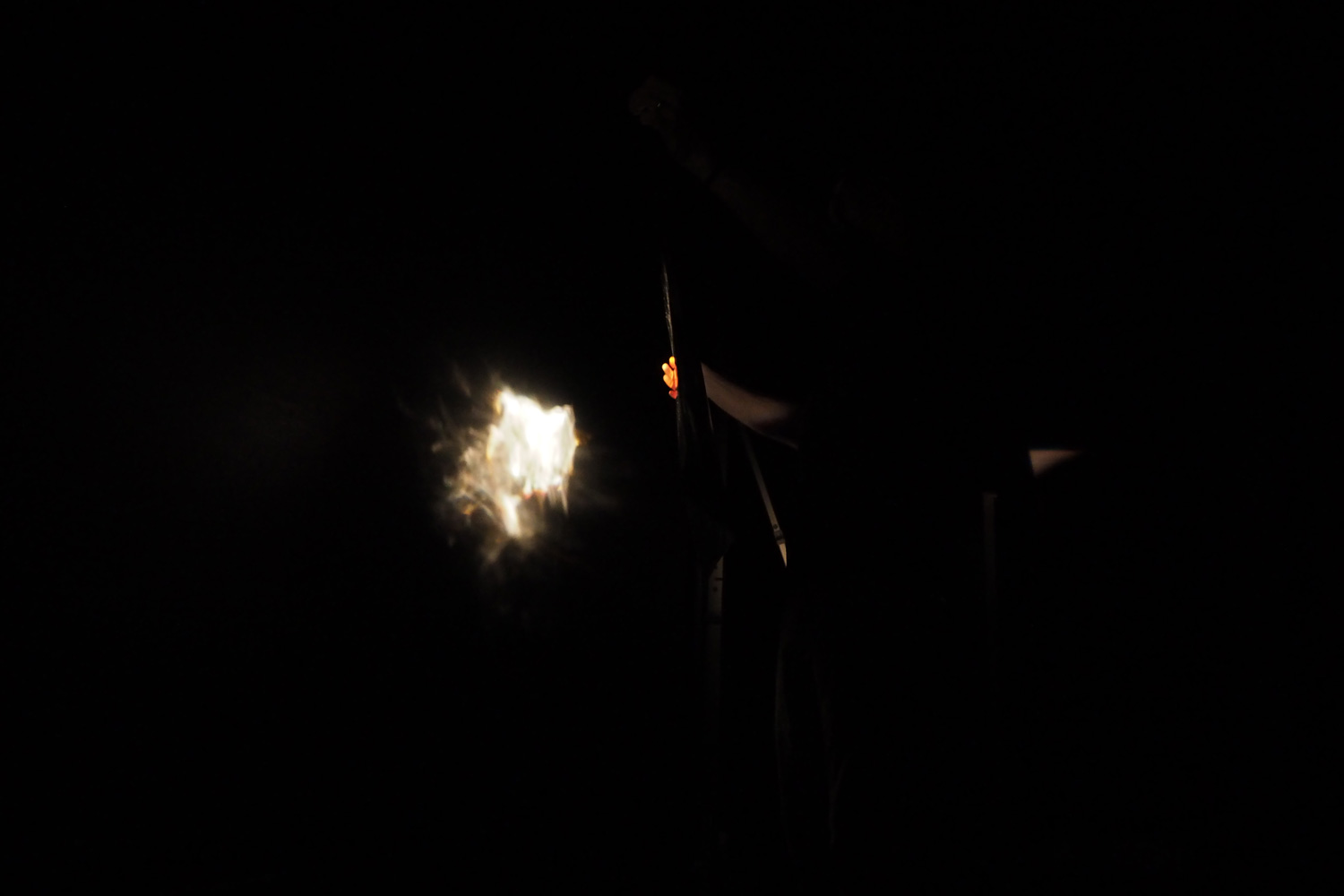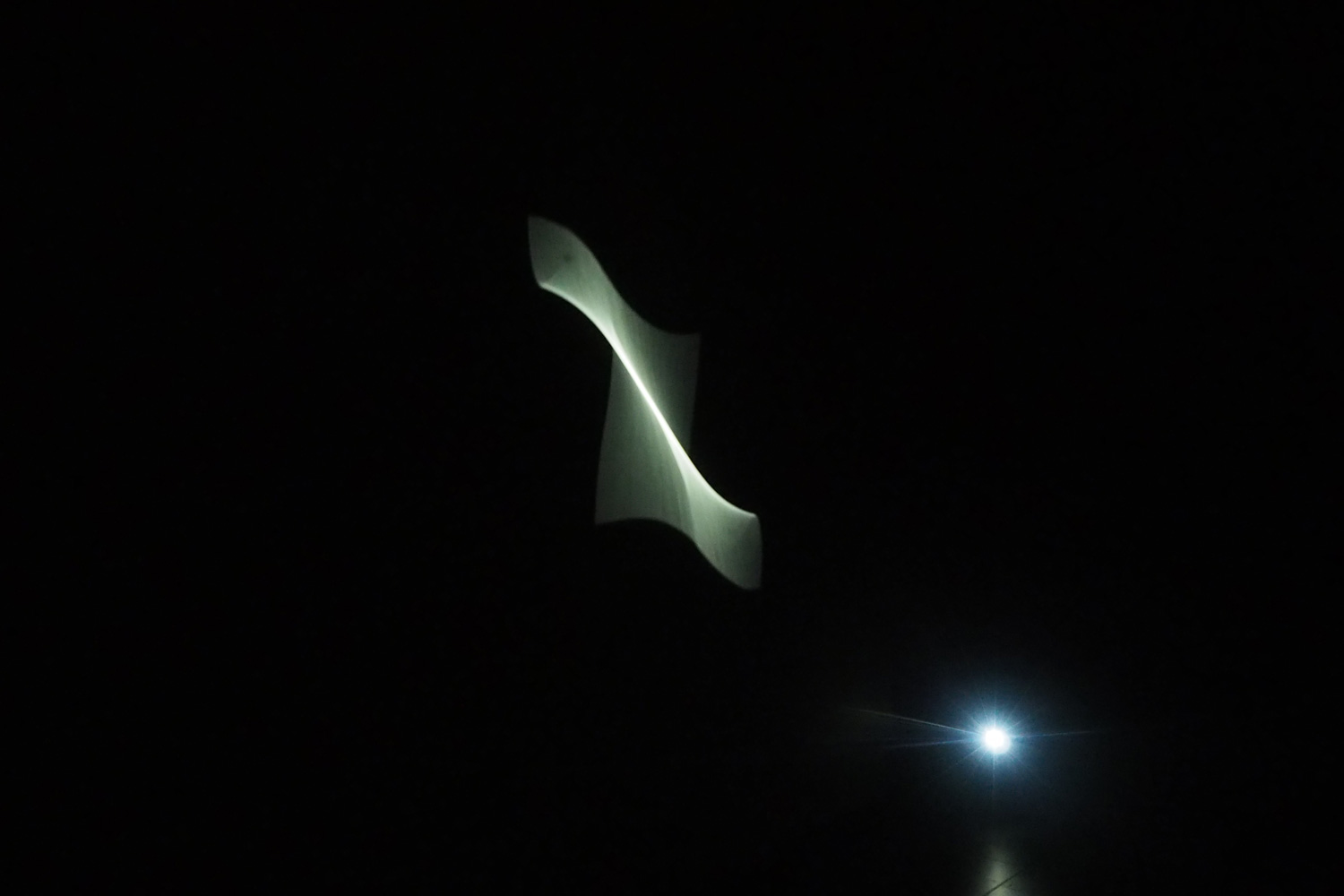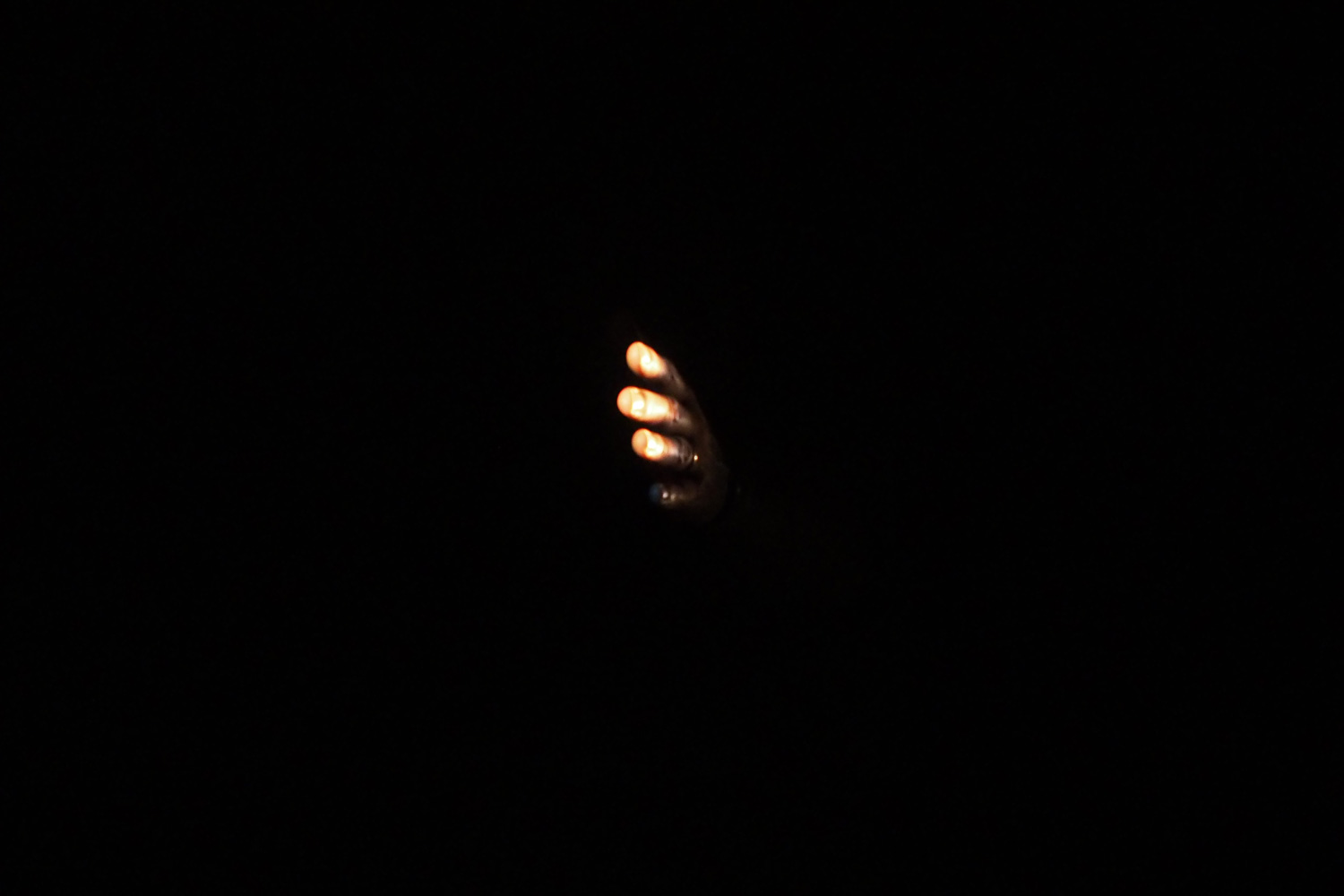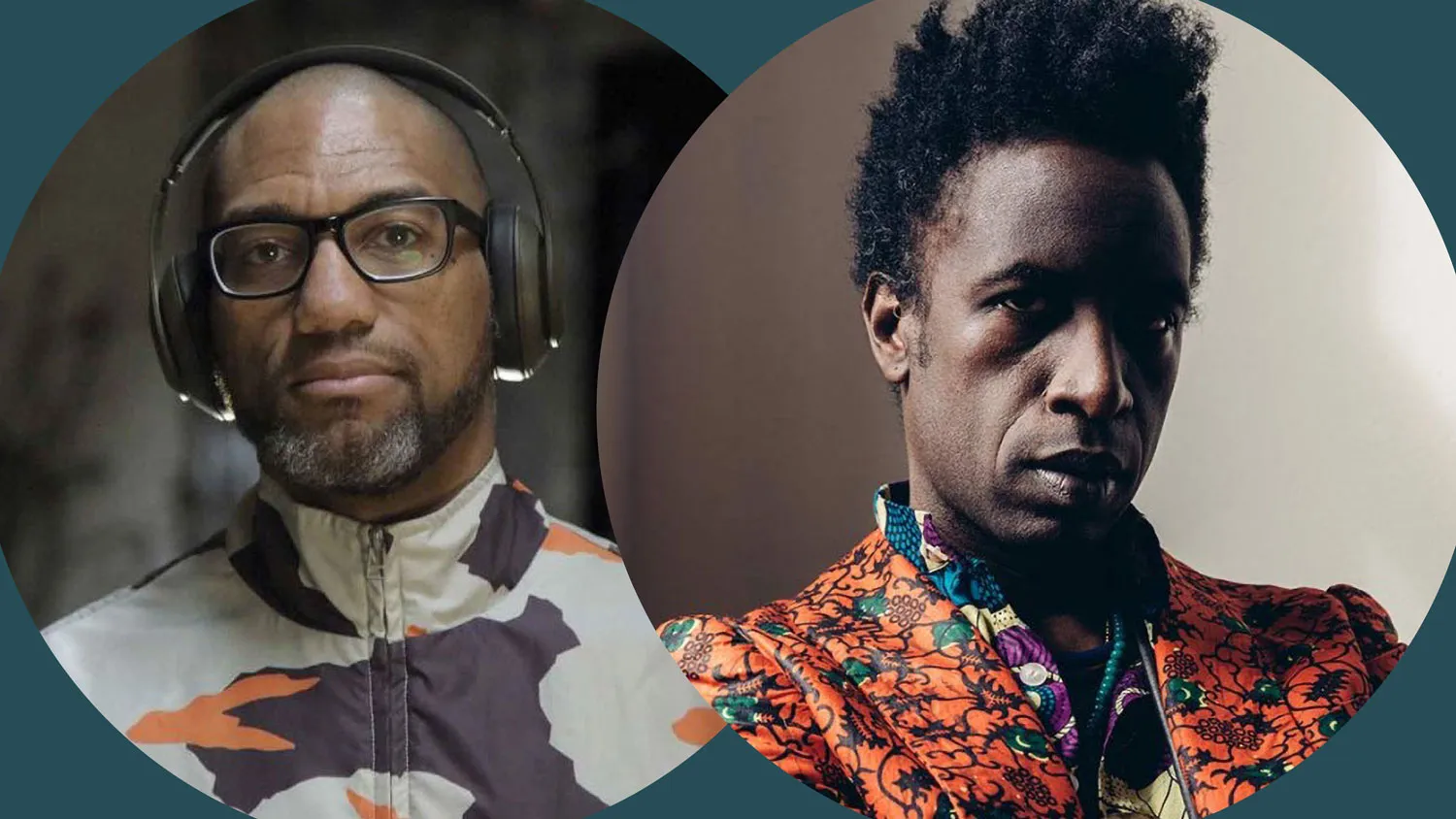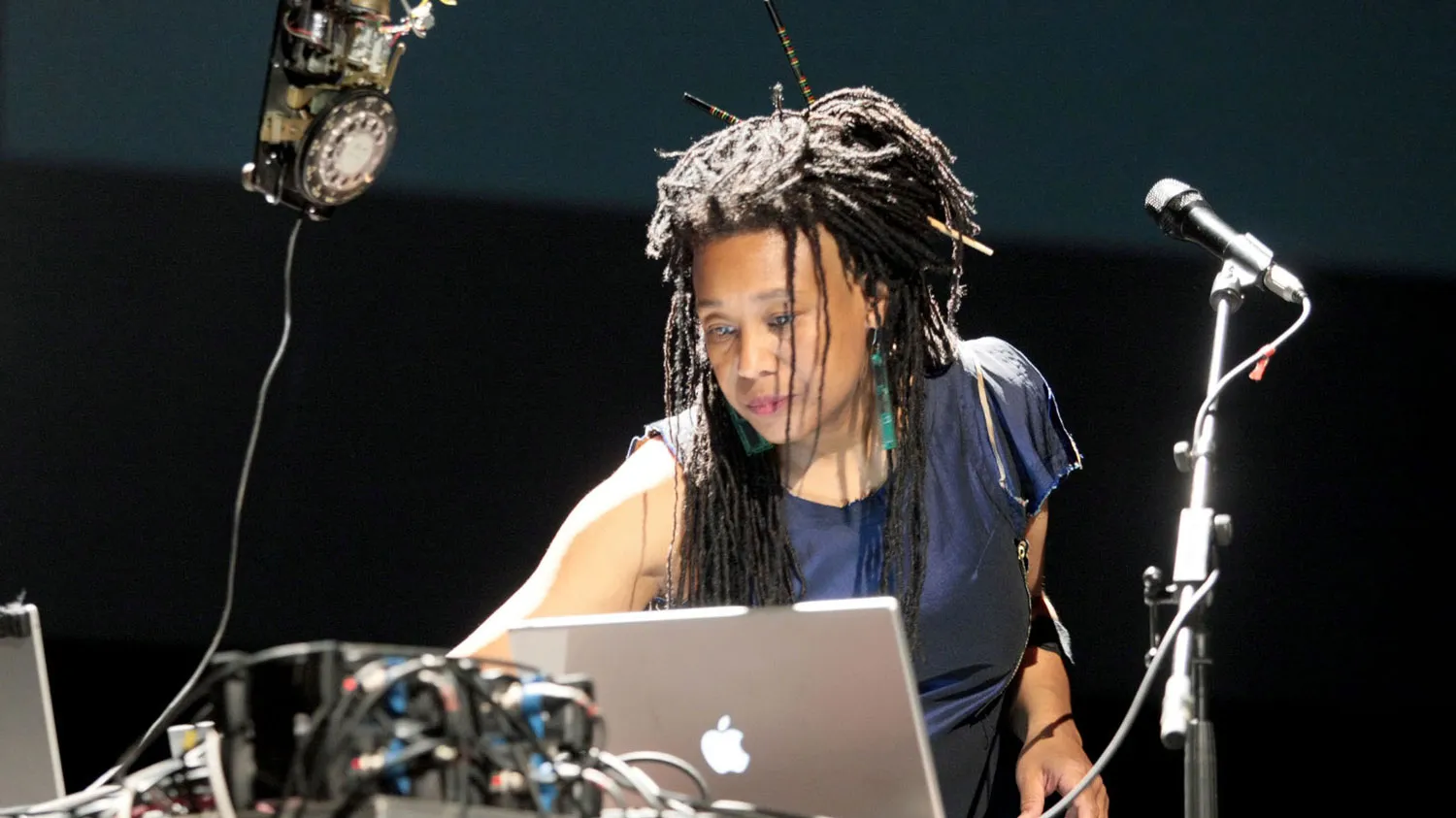Theater-maker Annie Saunders collaborates with theater/pop/new music band Wild Up and composer Emma O’Halloran on a new work called Rest. Rest interrogates sensory overwhelm, sensory deprivation, hallucinations and the nature of consciousness with respect to the feeling and understanding of “rest” in our modern world.
Saunders, along with Wild Up, O'Halloran, Andrew Schneider, and additional collaborators were in remote residence this fall to develop an EMPAC-commissioned online version of Rest. The commission provided the artists an opportunity to explore their archive of material and whether Rest might have a digital life; an iteration for audience members to experience on their own on a mobile device.
On January 25, the artists will premiere the proof-of-concept film that came out of this residency time, created collaboratively with the EMPAC team, with concept and direction by Annie Saunders, composition by Emma O'Halloran, visual concept creation, direction of photography and editing by Andrew Schneider, music direction by Christopher Rountree, dramaturgy by Adah Parris, Rita Williams, and Rachel Joy Victor, and creative consultation from Jackie Zhou, Mike Merchant, James Okumura and Brian Hashimoto, as well as over twenty thinkers and experts who were interviewed about sensory experience and the nature of consciousness. The music is played by members of Wild Up, Jiji, Jodie Landau, Allen Fogle, and Archie Carey, with mixing by Lewis Pesacov.
The work is featured in the Sounding Darkness Festival as presented by collaborator Wild Up.
Light, shadow, and sound help to sculpt a “performance" environment that you will experience in this proof-of-concept. The work includes moments of near-silence, music, and field recordings from a diverse set of conversations. Source materials included conversations with consciousness experts, people sharing their early sense memories, and reflections on our relationships to our smartphones. You will be able to access the Rest proof-of-concept here on January 25 at 8PM.
Read an interview with Annie Saunders and her collaborator on the moving-image content of this work, Andrew Schneider.
Additionally, please join us on the Wild Up Instagram for a series of live conversations with the artists from 2:30-3:30PM EDT on January 25.
Main Image: Proof-of-concept production still from Rest (2020). Courtesy the artists.
